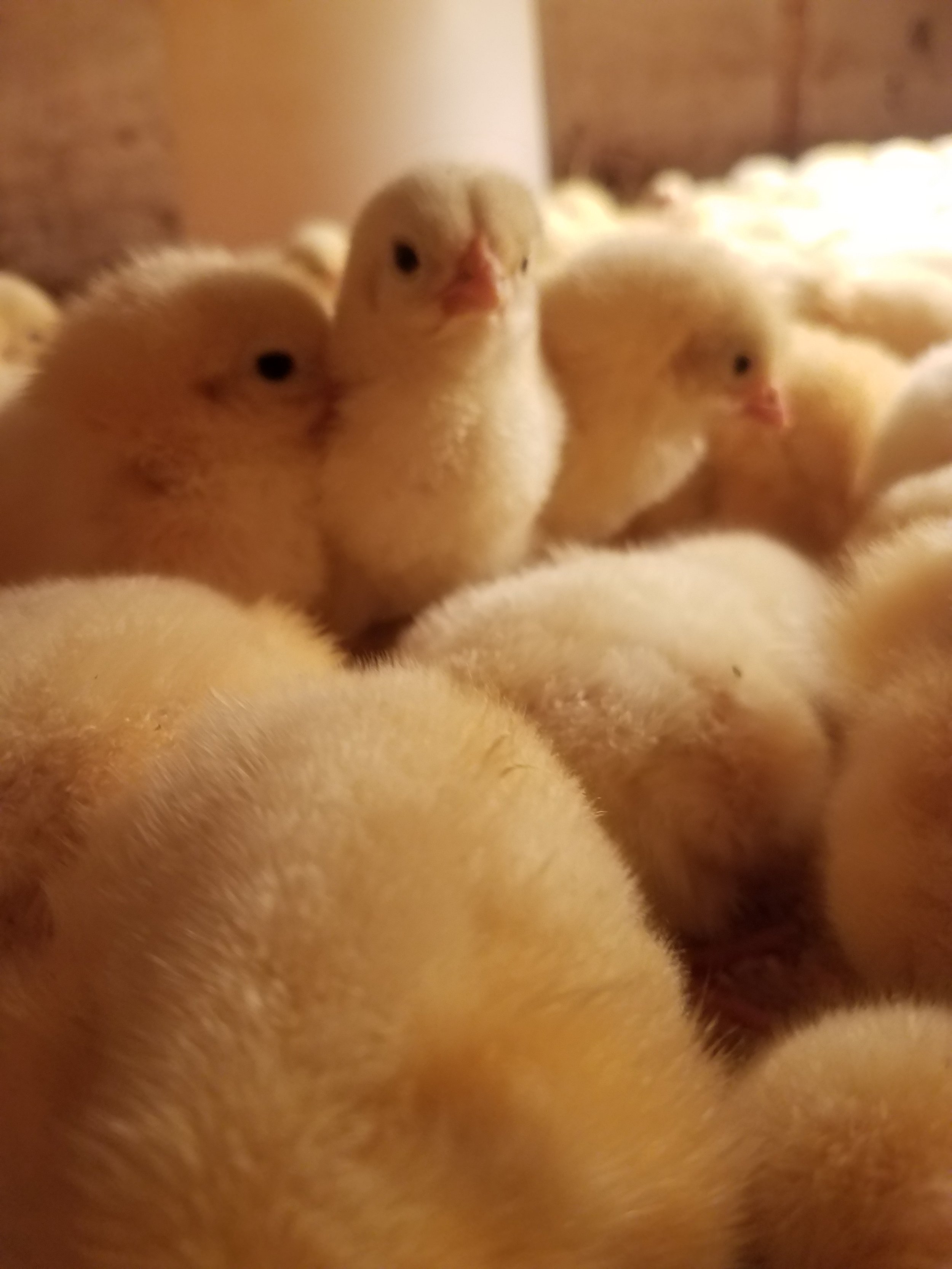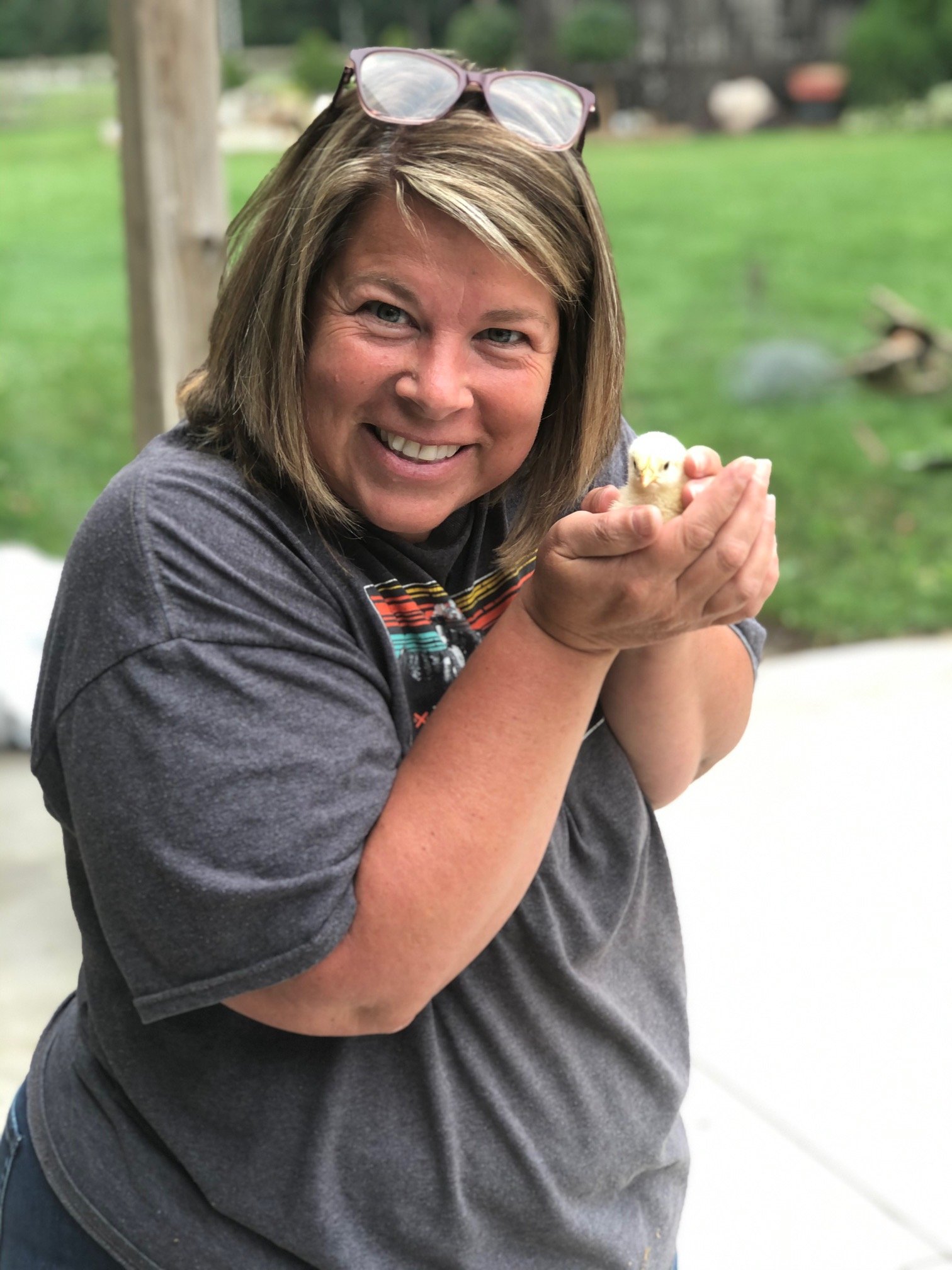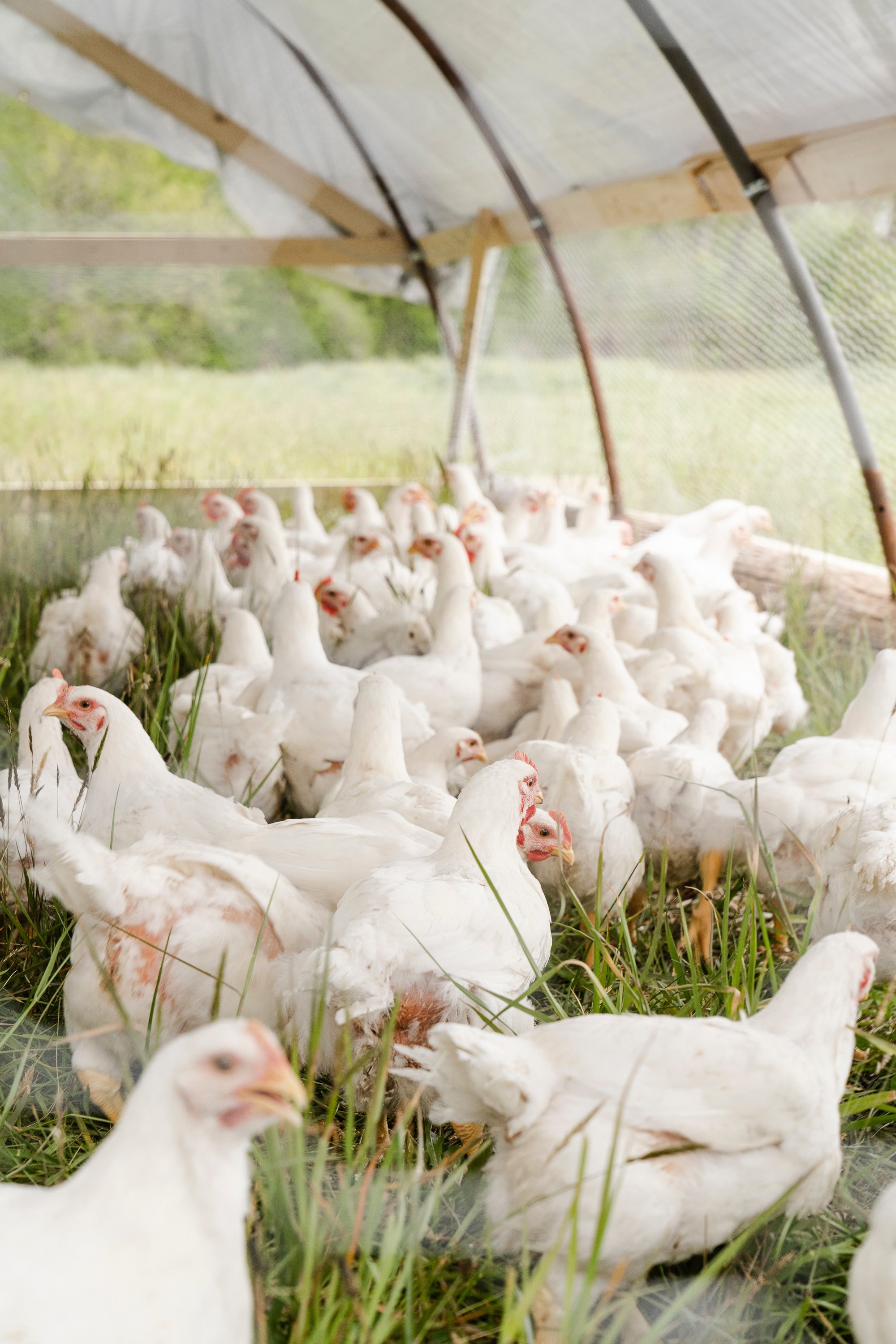Poultry Diet: How Chicken Food Affects You
Americans love chicken. Whether it comes as fried chicken, a chicken sandwich, chicken nuggets, chicken drumsticks, chicken salad, roasted chicken, or grilled chicken, chicken is the best selling meat in America, because of both its deliciousness and affordable price tag (USDA, 2022).
Chicken History…
This wasn’t always the case, however. Historically, poultry and eggs were considered luxury foods; “after all, you needed grain to feed chickens, but cows could grow on grass and pigs could grow on garbage” (Moody, 2018). Over the last 100 years or so, chicken consumption per person has increased from a mere 20 lbs of chicken per year to over 100 lbs of chicken per year… We eat a lot of chicken!
Obviously a lot about chicken production had to change in order for that to happen. This article from the Weston A. Price Foundation explains the growth of the chicken industry in detail - I liked the part about the female entrepreneur Cecile Steele who accidentally began the first large-scale chicken operation. Over a period of about 50 years, with the addition of supplements that made it easier to keep chickens healthy, large-scale chicken productions quickly became the norm.
Large chicken farms now housed thousands of birds in barns. Unable to forage on pastures the way they’d done for decades, chickens now relied solely on monocrop produced grains with the blessing of industry trade groups like the American Soybean Association. Because of the rampant rise of disease in the confinement settings, antibiotics became a regular part of a chicken’s diet. You can read more about this and the problems that arose in this article under the heading “Antibiotics: Backbone of Big Meat.”
Why Chicken Diet Matters
I give you this history to provide a context to why modern chicken production has descended into its current nutrient-less depths. With two world wars and innovation abounding, it’s no surprise the industry expanded rapidly. However, the progress has left Americans in a nutrient-deficient rut that many are unaware of.
Here’s the truth: chickens are meant to thrive on pasture and foraging, not in confinement barns with fake food and antibiotics. Believe it or not, chickens are actually omnivores. Not only do they naturally consume grass, clover, herbs, and other green, growing things, but they also need a diet of bugs, grubs, insects, and yes, even meat! Historically, chickens roamed freely around family farms, foraging their food, and they also feasted on table scraps - containing meat and fat.
Matt Rales describes an experience he had with his own chickens, where he chose a cheaper feed to cut costs and his chickens ended up eating each other (a common phenomenon in chicken farming [Clauer, 2016]). He fixed this problem by supplementing their diets with meat; the cannibalism stopped, and the chickens regained their health (Rales, 2010). You can read all about it here!
The unvaccinated chickens at Vintage Meadows are raised the traditional way: on pasture, supplemented with grain, with access to all the green grass and delicious bugs that their little hearts could desire. Protected from predators in bottomless pens, our chickens are moved to fresh grass daily. We do not give them harmful antibiotics that both hinder the health of the chicken and the nutrition of the product consumed by our customers. We strive to provide a quality poultry product that is naturally bursting with nutrients and health benefits. Another reason to buy local poultry is that we also support small, locally owned and operated butcher shops. Ours are small, family-owned and operated, and are within 15 miles of our farm.
Chicken may be becoming a luxury food once more, but John Moody puts it this way:”If there is any meat for which it is worth paying a premium price, it is poultry. Few foods pose as great a danger to our health (both personal and environmental) as industrial chicken, and few foods depend as much on government subsidization and protection” (2018).
References
Clauer, P. J. (2016). Poultry Cannibalism: Prevention and Treatment, reviewed by Dr. Gregory Martin, PennState Extension. https://extension.psu.edu/poultry-cannibalism-prevention-and-treatment#:~:text=Cannibalism%20usually%20occurs%20when%20the,rapidly%20through%20the%20entire%20flock.
Moody, J. (2018). The Chicken: A Brief History of America’s Most Consumed Meat, The Weston A. Price Foundation. https://www.westonaprice.org/health-topics/farm-ranch/chicken-brief-history-americas-consumed-meat/#gsc.tab=0
Rales, M. (2010). Chickens Are Omnivores: It’s No Dilemma, The Weston A. Price Foundation. https://www.westonaprice.org/health-topics/farm-ranch/chickens-are-omnivores-its-no-dilemma/#gsc.tab=0
U.S. Department of Agriculture (2022). Per capita red meat and poultry consumption expected to decrease modestly in 2022. https://www.ers.usda.gov/data-products/chart-gallery/gallery/chart-detail/?chartId=103767






